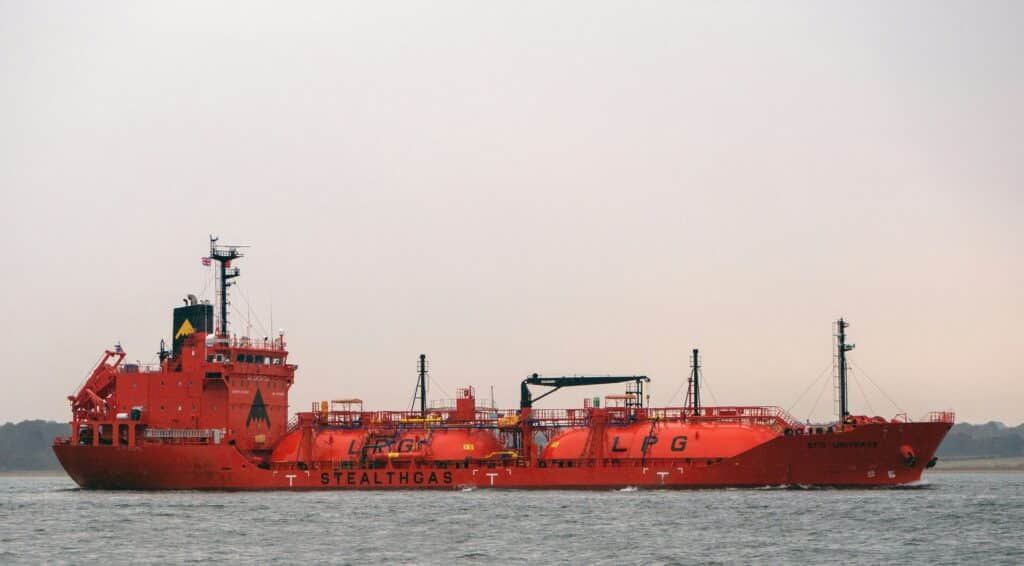FSR Topic of the Month
by Andris Piebalgs and Maria Olczak (FSR Gas Area)
Substantial reduction of methane emissions for achieving the climate goals
Methane emissions are still an important hurdle towards a zero-carbon economy in the EU. Methane accounted for 11% of total GHG emissions in 2016. The lions share comes from agriculture and waste, but the energy sector also contributes 6% of all methane emissions. With the phase-out of coal mining and a substantial decrease in EU gas production, the remaining emissions mostly stem from EU gas networks, underground storage and LNG. We lose volumes equivalent to 0,18% of gas sales, with more than half lost in the gas distribution networks. One could ask, do these emissions matter since they are so small? The answer is yes if we intend to use gas in the future – and there is a good chance that we will continue to use gas transmission and distribution networks to bring to customers renewable and low-carbon gas.
The first EU strategy to limit methane emissions was adopted in 1996 and addressed emissions from agriculture, waste and energy sectors. At that time, there were only 15 Member States. The countries which joined the EU later have been affected only through European legislation that came out in the implementation of the Strategy. Actions have been proposed and implemented in all three sectors. The expectations have been high – to reduce methane emissions by 41% by 2010 compared to 1990 level. The results achieved have been significant but did not meet all expectations. The methane emissions came down, but only to 30%. And this reduction has been strongly supported by the unexpectedly high level of coal mines closure. As a result, the energy sector contributed to almost one-third of all reductions achieved between 1990 and 2010, in agriculture and waste in particular substantial results have been achieved, but far from what has been expected.
 Absolute change of CH4emissions by large key source categories 1990 to 2010 in CO2equivalents (Tg) for EU-15 and share of largest source categories in 2010 for EU-15. Source: EEA, 2012
Absolute change of CH4emissions by large key source categories 1990 to 2010 in CO2equivalents (Tg) for EU-15 and share of largest source categories in 2010 for EU-15. Source: EEA, 2012
A new Strategy aiming at the abatement of methane emissions will come not only as a logical step in the pursuit of creating a zero-carbon economy in the EU but also as a legal requirement. The Regulation on the Governance of the Energy Union requires the European Commission to make a proposal for a new strategy using the experience and expectations from applying the principles of a circular economy.
In the meantime, there are some interesting pilot projects that could provide inspiration like Valdemingomez technological parc in Madrid. In this technological park, nearly all urban waste of Madrid is processed, and in a complex technological process, biomethane is produced from the collected waste and injected into the grid. This example demonstrates that the best results could be achieved with an integrated approach, giving incentives to capture methane from agricultural production and waste management. Valdedomingez technological park is still the only one in Spain. The creation of this type of projects requires not only vision but also financial and regulatory incentives. The upcoming 2020 gas package could best reflect how to incentivise the approach of a circular economy for agriculture and waste.
This approach will also have a valuable impact on the creation of zero-emission energy system by 2050. The recently published “Gas for climate study” by Navigant comes to the conclusion that in a net zero emissions energy system gas will be used to provide flexible electricity production, heat to buildings in times of peak demand, high-temperature industrial heat and feedstock for industry, and to fuel heavy road transport and industrial shipping. The study concludes that the sustainable scale-up of biomethane production at strongly reduced production costs is possible. This approach would allow the existing gas grids to ensure the reliability and flexibility of the energy system. That is why it is important that midstream and downstream sectors deliver a robust approach aiming at the minimization of methane leaks.
Learning from the experiences from the implementation of the first methane strategy and new developments of biomethane production, the new strategy could provide for an important stepping-stone towards a zero carbon economy in the European Union.







